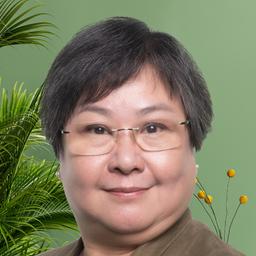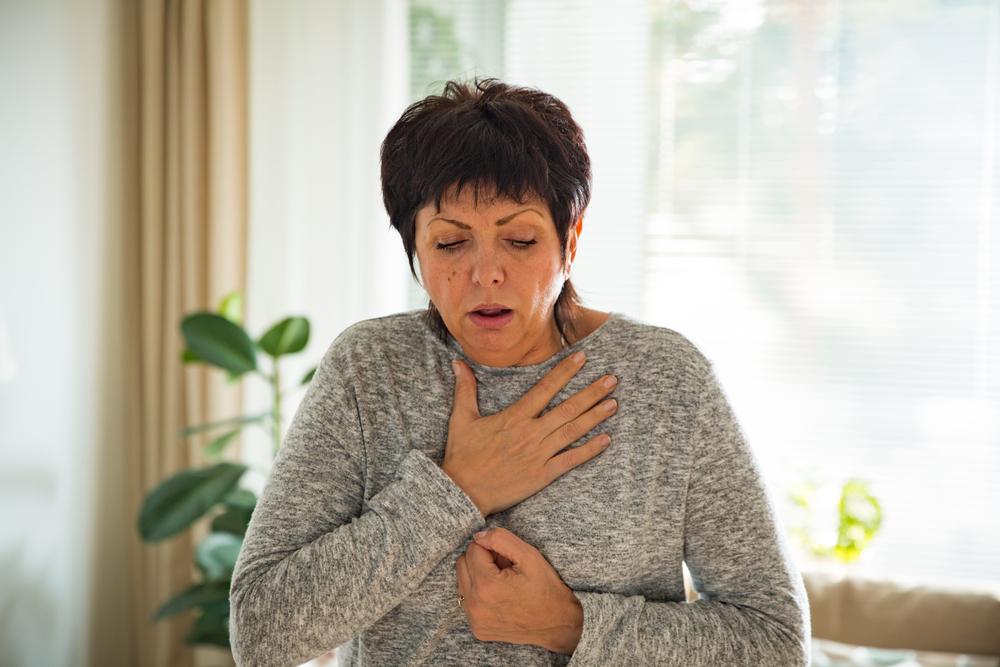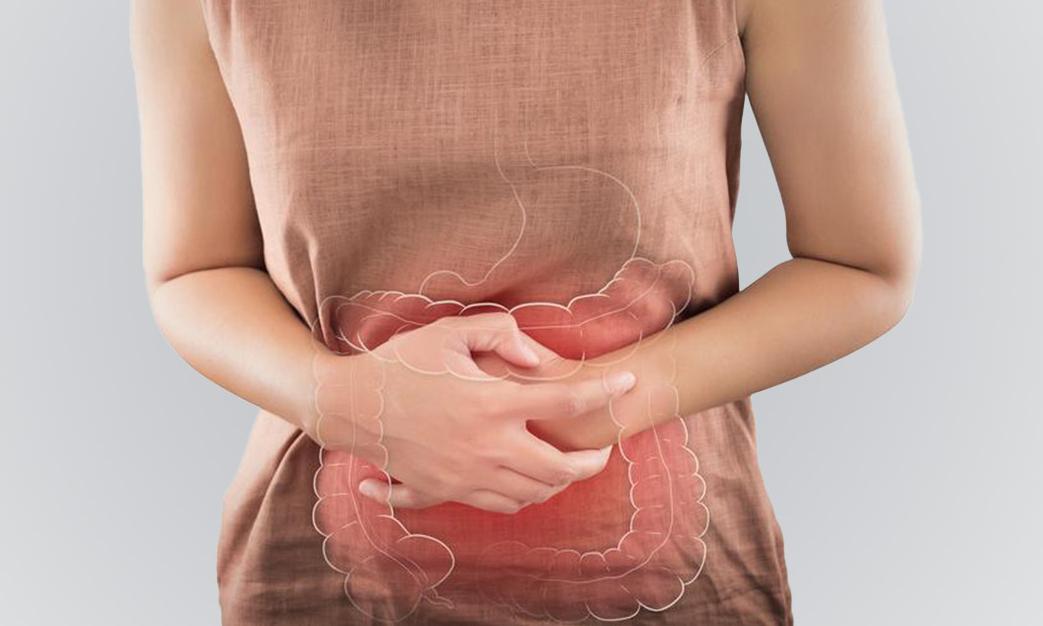A slipped disc is a common affliction. Sometimes caused by gradual age-related wear, herniation also can occur by lifting heavy objects improperly or lifting while twisting the body. Uncomfortable symptoms, such as pain or burning in a shoulder, arm, or leg, can then hinder everyday movement.
Asia Medical Specialists Clinic in Hong Kong describes a slipped disc, also known as disc prolapse or hernia, as the cushioning tissue (intervertebral disc) between two vertebrae tearing and allowing the inner gel to seep out, which can irritate nearby nerves, often causing low back and neck pain or lower limb paralysis.






